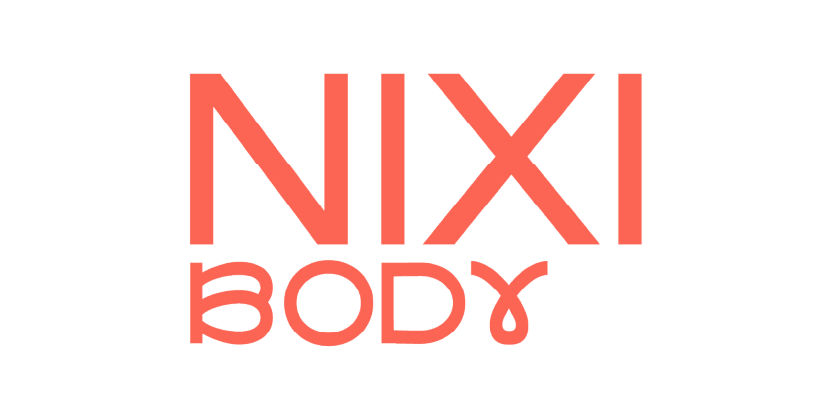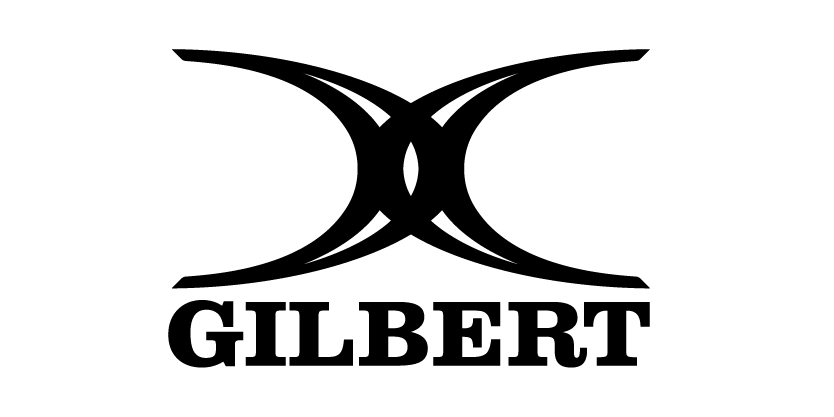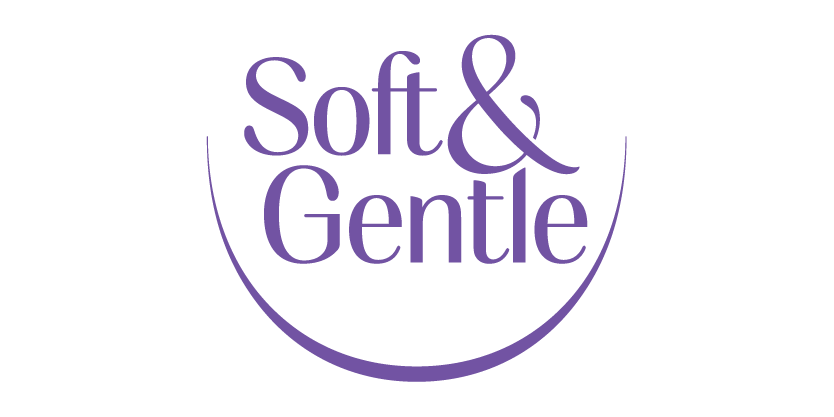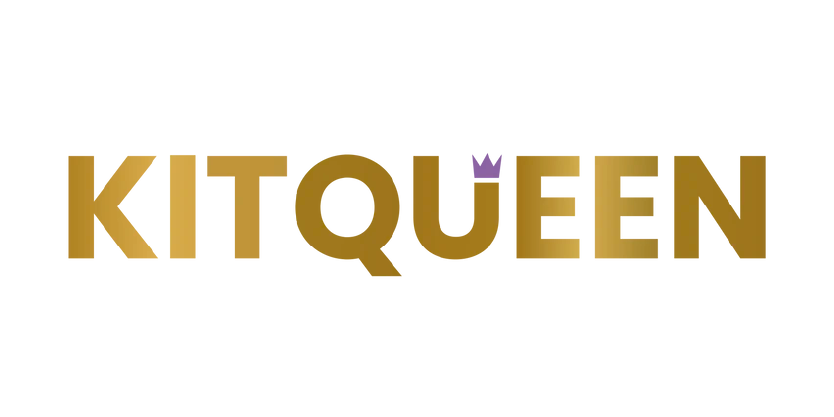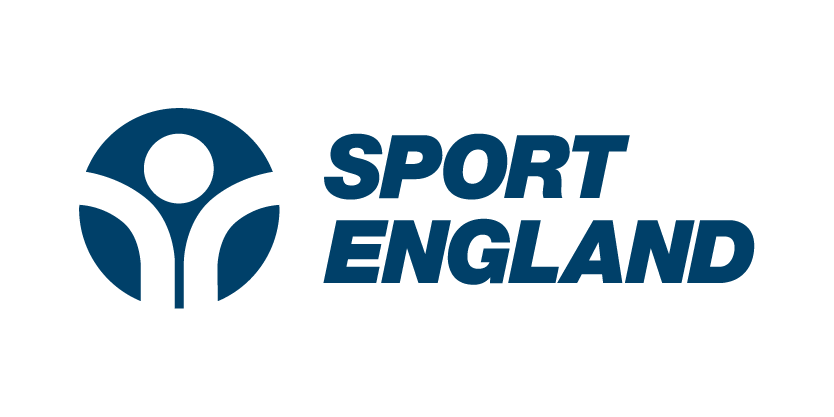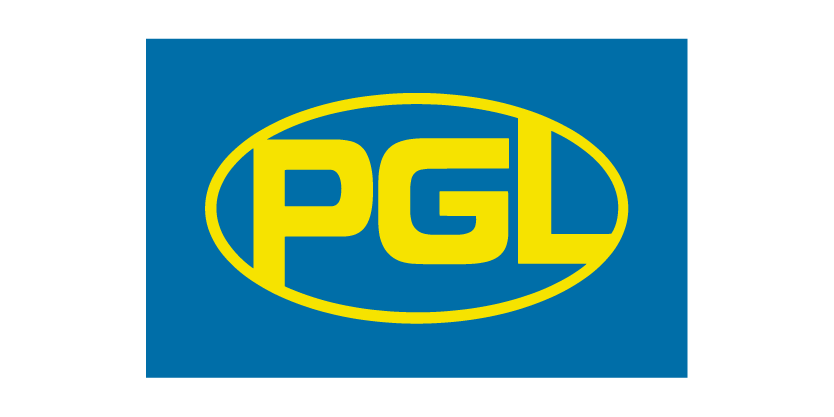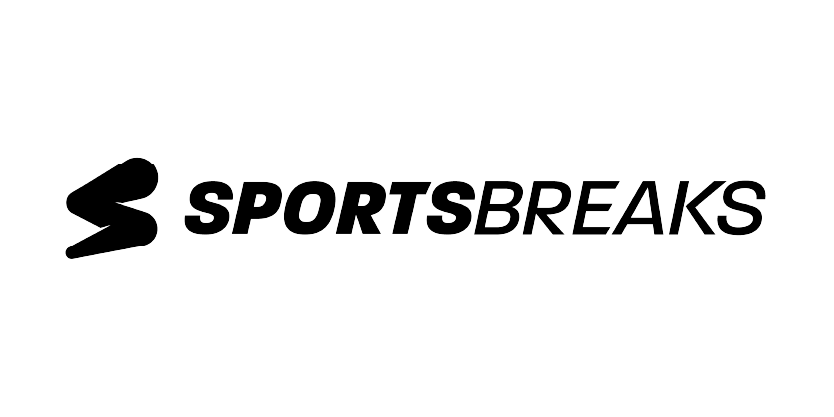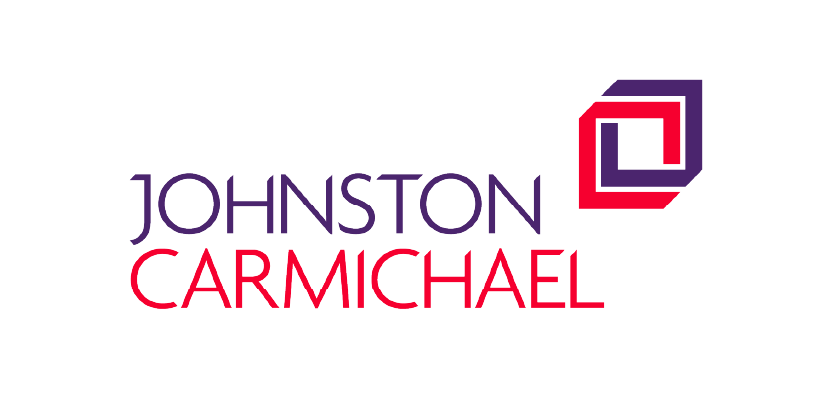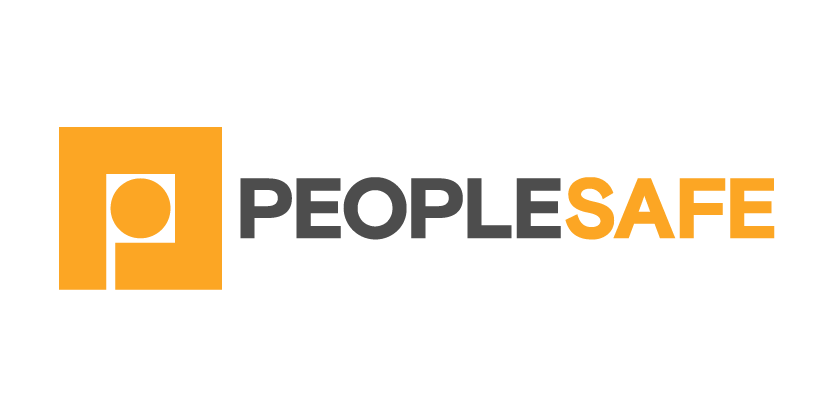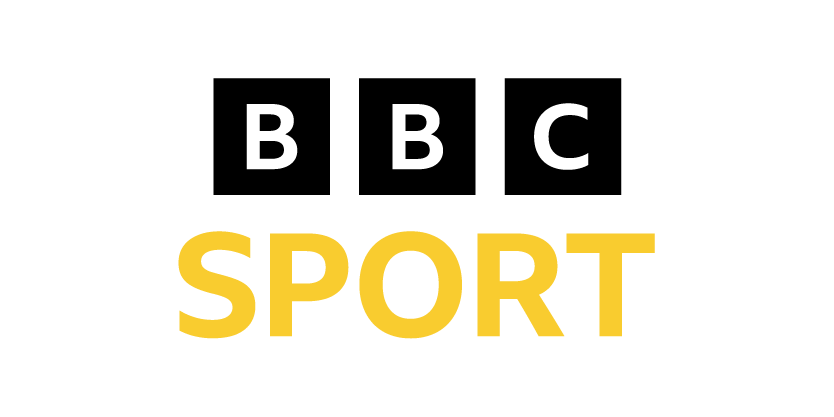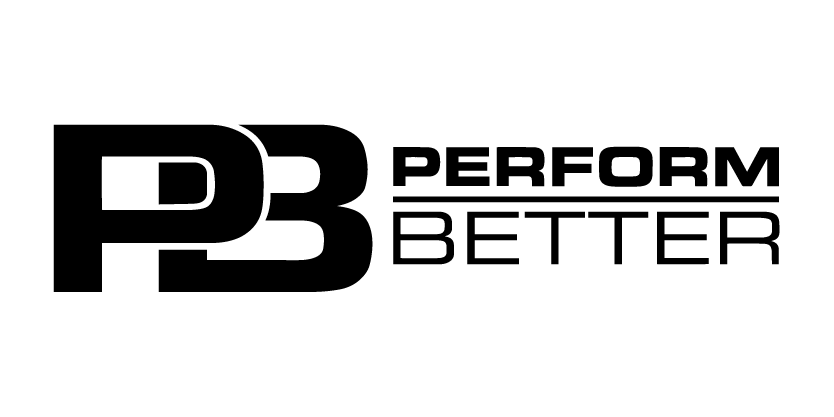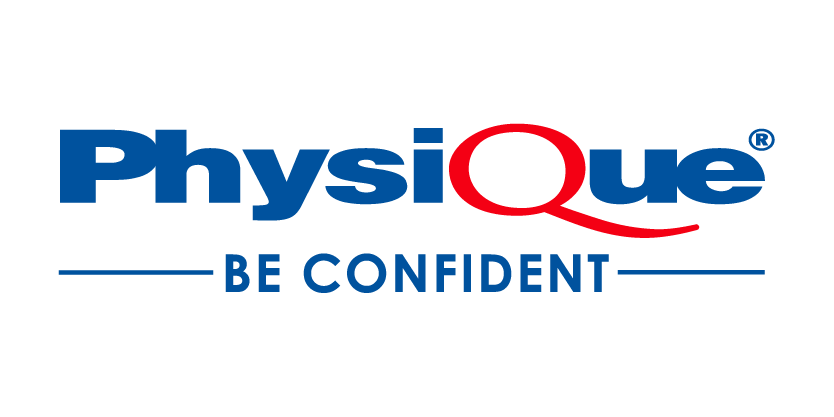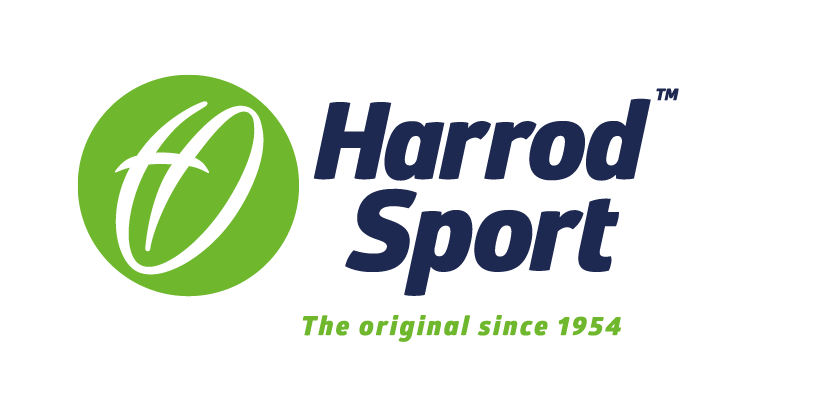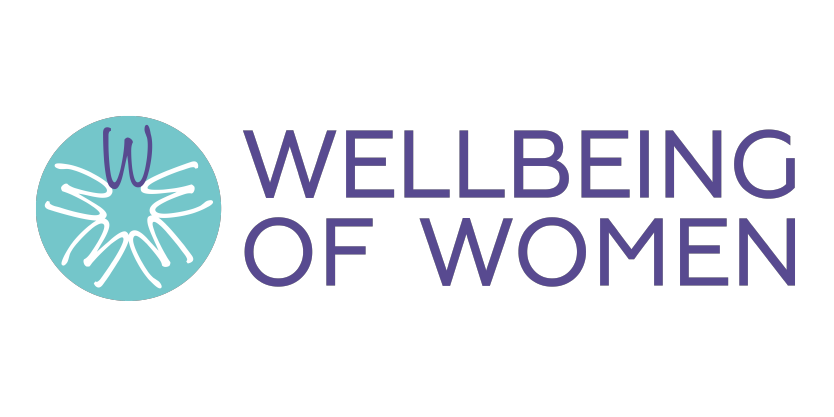Click play for an audio readthrough of this article
At-a-glance ways to dial back your injury risk … and, well, just good advice for all seasons.
1. Warm up and cool down
This is basic good advice for anyone who wants to avoid injuries, soreness and tightness during or after training. But it’s extra crucial women subscribe to decent warm-ups, which include deliberate conditioning exercise (a la the Jump High Land Strong Programme).
Warming up is ground zero to combat muscle tightness and even coordination and concentration issues. If you notice that such issues align with certain phases of your cycle (see next point) then your warm-up takes on even more importance to stay clear-headed and injury-free.
2. Tune into your cycle
Many things related to your cycle can have a bearing on your performance and injury risk. For example, in the second half of your cycle (roughly week three) there’s some evidence your motor skills and coordination will be “slightly off” as a result of extra progesterone.
Remedies for that may include caffeine before your training, which helps fire up your neuromuscular system. Aerobic and skills-based exercise can do the same. So a combination of low intensity running plus speed and skill drills might be what your body needs on certain days of your cycle to get ready for netball or a workout.
Tracking will help you record what’s going on, join the right dots and do what you need to do on any given day to prepare yourself for sport.
Tracking your cycle is also a good way to spot patterns in your general symptoms and start to get ahead of them before they pack a punch on your training and performance. Here’s some pain-relief / management strategies for period symptoms courtesy of Dr Emma.
3. How’s your technique
Technique is so important, especially for women. By default, our angles and joints are more vulnerable to injury and, again, typically speaking, our technique is not as safe as it could be.
Women typically run, jump and land with straighter knees and flatter feet which puts extra pressure on joints. As we land, squat or lunge our knees tend to cave inwards. Better technique is all laid out as part of England Netball’s Jump High Land Strong initiative, but suffice to say better movement technique, especially around jumping, landing, turning, stopping and starting can hugely benefit one’s injury risk.
It’s also important to remember that injuries are multifactorial. They happen, usually, because of several things. Part of good technique, often overlooked, is having focus and concentration. So if you’re tired or distracted or feeling a bit wonky (see #2) you’re more likely to falter on your optimal technique.
4. Fuel up
Fuel-up is year-round advice for anyone. But active women need to be especially aware of the dangers of underfuelling.
RED-S stands for Relative Energy Deficiency in Sport. It’s a lot of syllables that basically boil down to not eating enough energy to meet your body’s needs. RED-S can have all kinds of effects on your body and fitness that you don’t want: bony and soft tissue injuries, recurrent illness, poor adaptation to training, gastro issues, mood changes, irregular or missing periods, depression … the list goes on.
Even if your goal is to lose weight, make sure you’re still getting enough calories to fuel your workouts. Weirdly, too big a calorie deficit may actually hinder your efforts. It could cause a stress response whereby the body stores extra fat.
So fuel your body’s needs, always. And if weight-loss is the goal, know that a small, consistent calorie deficit is better than a crash diet. Make sure you get your protein in, too.
Speaking of which…
5. A muscle’s best friend
Protein is important for muscle recovery, for generally keeping your muscles in good shape, and for maintaining wider bodily health.
You don’t necessarily need a whole bunch of supplements as you can get all the protein you need from your diet – even if you’re veggie or vegan.
Nuts, pulses, beans, quinoa, tofu, peas – there are tonnes of options. Although it’s ultra important to have a balanced diet, and feed yourself protein throughout the day as part of your usual meals-and-snacks routine, chugging a protein shake after a big session certainly won’t hurt. It’s all stealth for keeping injuries at bay.
6. Wonderful sports bras (and shoes)
Have you noticed that your breasts move around a lot when you move around a lot? That they don’t just bounce up and down, they go from side-to-side and back and forth?
If so, you may need a better sports bra as a guard against the injury risks (which are very real) caused by your moving breasts, and as a shield against breast injuries themselves.
Breast injuries can be contact injuries or rubbing or chafing. All hurt, and some can lead to lumps in your breasts which can be mistaken for cancer. Much of this pain, discomfort and stress is avoidable … by choosing a well-fitting sports bra.
Oh and almost everything we just said about bras can be applied to shoes as well. Spend some time on our Bras & Kit section and, armed with this knowledge, go out there, measure up, try and test. Buy the best-fitting kit you can find.
7. You don’t have to be perfect
Perfectionism can be a horrible trap. Constantly feeling that you’re not good enough or that you’ve something to prove, or valuing too highly what others think of you and your performance … these unhelpful self-judgements drag down your mood, motivation and, ultimately, mental health.
And while it seems counter-intuitive, perfectionism over a long enough timeline actually damages your sporting performance, it doesn’t improve it.
But we’re here to talk about injury risk and perfectionism sure can feed into that. Perfectionism often means an unwillingness to be seen as weak or vulnerable and that’s when small niggles aren’t given time and space to heal. That’s when training on an injury or returning too quickly after one can make bad injuries worse.
So please remember to be kind to yourself. You don’t have to be perfect – no one is.
Accept your vulnerability as part of your whole self and understand that it can be a strength. Research has shown that having the courage to share experiences and shortcomings and asking for help when you need it is a psychological strength in sport.
8. Stress
Chronic stress is a miserable place to be but it can also lead to injury. How? Because stress affects various aspects of your health: it messes with your sleep, knocks off your cognitive function, and interferes with your immune system. It can do all these things at once.
If stress is at work in your body, you risk working out with poor focus, a laggy body and a tired brain. It’s a cocktail for injury. And to make matters worse, a stressed body’s immune system won’t work to its optimum, hence pain may feel worse and recovery may take longer.
Stress also has a behavioural impact. Many of us like to train as a way to manage stress but this could lead to over-training … and overshooting. Cue more fatigue, pain and demoralisation. Cue a vicious cycle.
So be wary of stress and know that it can be managed in lots of ways beyond just physical training. There’s mindfulness and meditation, sleep hygiene, talking therapy, time off work, long baths … do whatever works for you.
If your stress is still off-the-charts after all that then a chat with a doctor’s the way to go.
9. Strength training
Sadly, many women feel intimidated by strength training. Don’t be. It can be done simply and effectively with some good coaching cues. And on a bright note, weights areas in gyms feel more female-friendly now than they ever did before.
There are several reasons to pick up weights or do bodyweight or resistance exercises. Strength training helps to condition and build muscles, and to strengthen bones … which means you’re less likely to injure or break them. Strength training also boosts coordination, balance and stability.
These are all good things to add to your game. They’ll help you feel stronger, move better, and avoid falls and injuries, especially as you move into midlife.
Oh and if you’re not keen on the gym, no problem. You can easily strength-train at home. Pick an online workout and if it feels like hard work then stick with it.
10. Rest, REM and recovery
Rest and recovery are vital parts of any physical training programme. The chemical process of muscle repair and growth relies on growth hormone, and this gets released much more generously during good, healthy sleep.
Beyond what it means for your recovery, the impact of sleep (or rather poor sleep) on performance and injury risk can be significant.
Short your sleep needs and you’ll drag fatigue into training. Cue poor focus, decision-making and reflexes. It’s a recipe for distraction and when that happens your technique goes out the window. Poor performance, yes, but before you know it you’ll be injured … and tired … and stressed … maybe a bit angry, too.
So just make sure you get a great night’s sleep.
Night night.
As a reminder, the content of the course belongs to The Well HQ. You have permission to access and use the content yourself or, if you are an organisation, for the number of users selected, but are not otherwise permitted to share such content with others, all in accordance with our Course Terms and Conditions.

